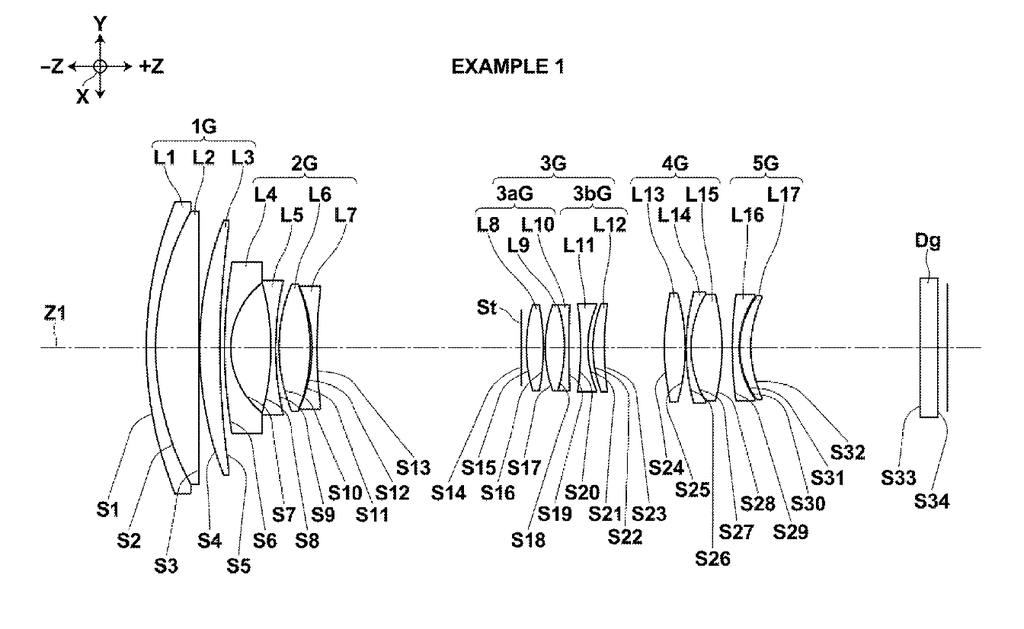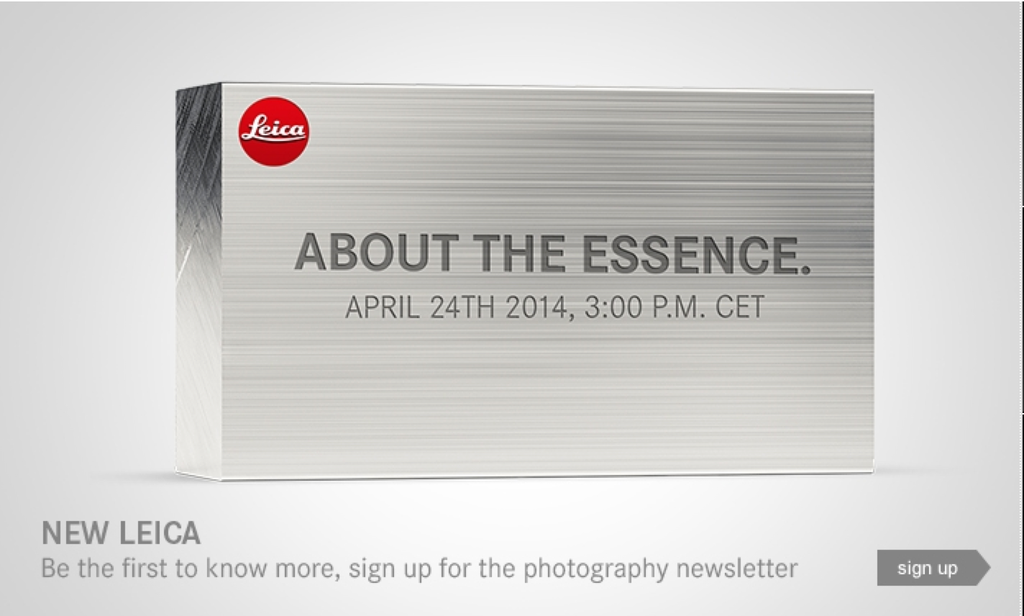Lytro announces the astonishing Illum camera with 30-250mm constant f/2.0 lens!

Well, this is a small revolution for digital photography! Finally Lytro released a real useful Light Fiel camera, the new Illum! It has a much larger 1 inch sensor (the predecessor had a 1/3 inch sensor) and an astonishing 30-250mm f/2.0 constant aperture lens!
You can get all the info and see image samples at https://www.lytro.com/
This might well become the future of photography don’t you think?




